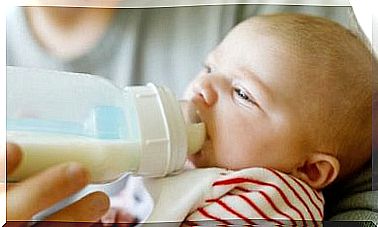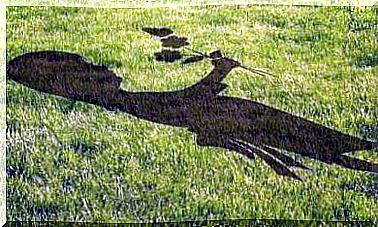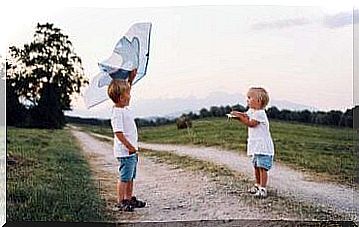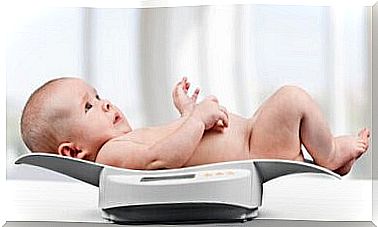4 Tips For Keeping A Newborn Baby Warm – You Are Mom
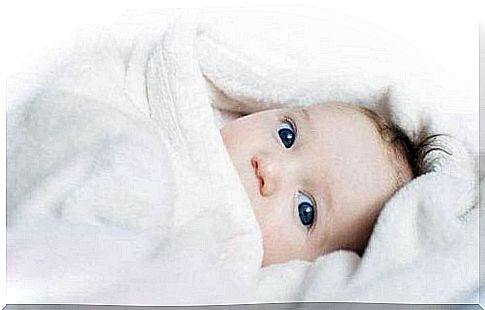
Are you pregnant and your child will be born in winter? Do not worry ! We have 4 tips for keeping a newborn baby warm. Read on.
How does a newborn baby self-regulate their body temperature?
The skin of the newborn is very thin. It has little subcutaneous fat and blood vessels very close to the skin, which promotes heat loss. Receptors in the baby’s skin send messages to the brain that the body is cold.
The newborn produces heat mainly by chemical thermogenesis. Chills, which are the primary way of generating heat for children, are not effective in babies.
The newborn has a special and very effective way of regulating his temperature. This is done through metabolism. Newborn babies have special fatty tissue that has a great ability to produce heat through chemical reactions.
When this fatty tissue is metabolized, the heat produced is transmitted to the major blood vessels. From there it reaches the peripheral blood vessels of the rest of the body which at the same time constrict to prevent heat loss.
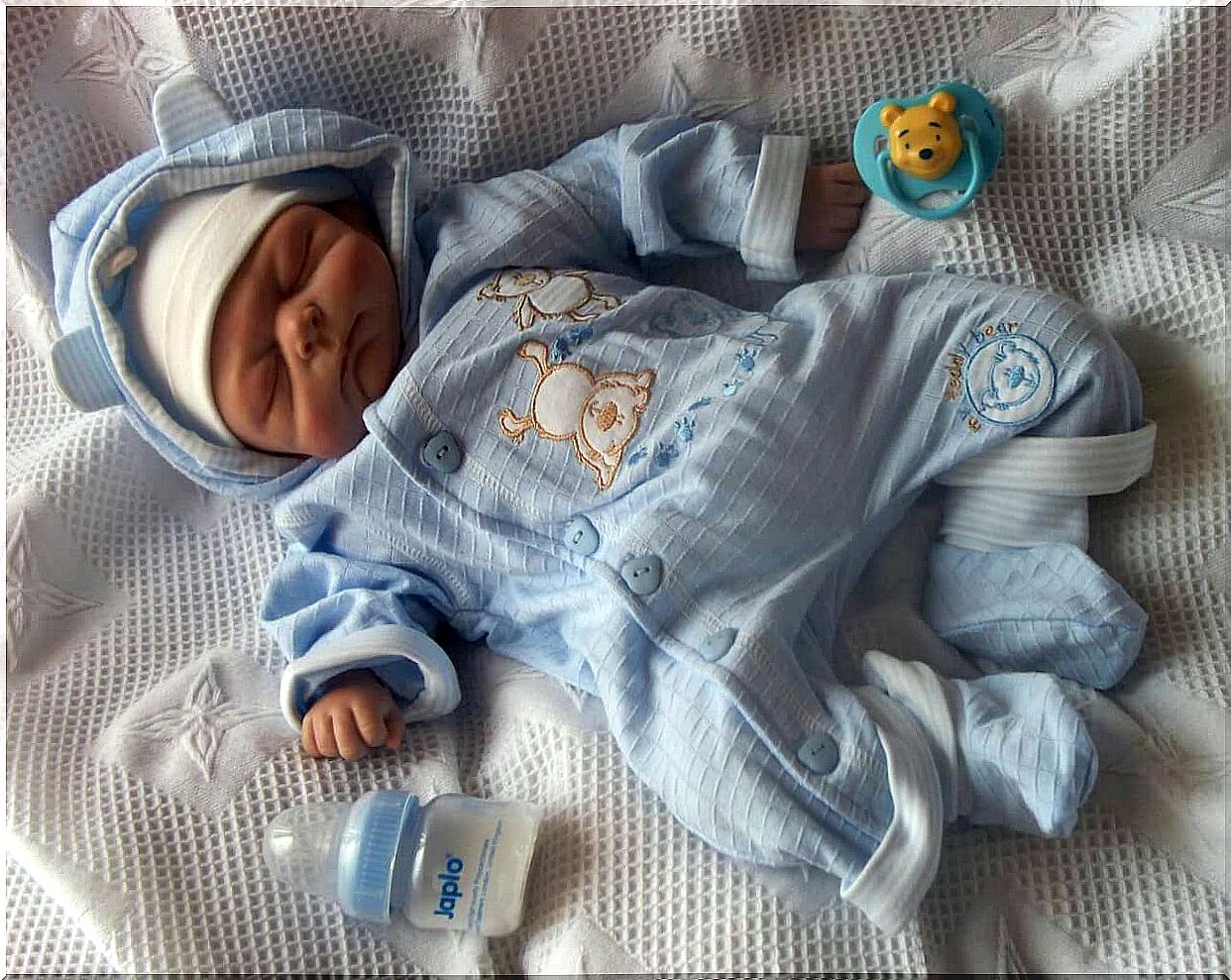
4 tips for keeping a newborn baby warm
1. One more garment
Up to three months, newborns struggle to regulate their body temperature and easily lose heat. They have little fat and also move very little.
Sudden changes in temperature are not good for your newborn baby. So it is best to think about what activity you are going to do and how long it will last, whether you are going to be warm inside or outside in the open.
It is better to put several thin layers on it than a few very thick layers. So, if you go to a place where the temperature is higher, you can take off a piece of clothing to prevent it from suffocating or sweating. This will also prevent his clothes from getting wet, and then cool him down.
In general, therefore, the best advice for your newborn baby is that they should always wear one more item of clothing than you would wear.
2. Fabric type
The newborn’s clothes should be loose and cotton. Cotton allows it to sweat, absorbs sweat and does not cause allergies. Preferably choose organic cotton, which many children’s clothing brands and supermarkets sell these days. You will notice the quality in the long run.
The best fabrics are cotton, wool, fleece or velor.
Remember that woolen clothing should not come in direct contact with the skin, as it can be very irritating. In addition, the baby can inhale wool through its small nose.
It is also very important that you remove all labels, to prevent them from scratching or disturbing him.
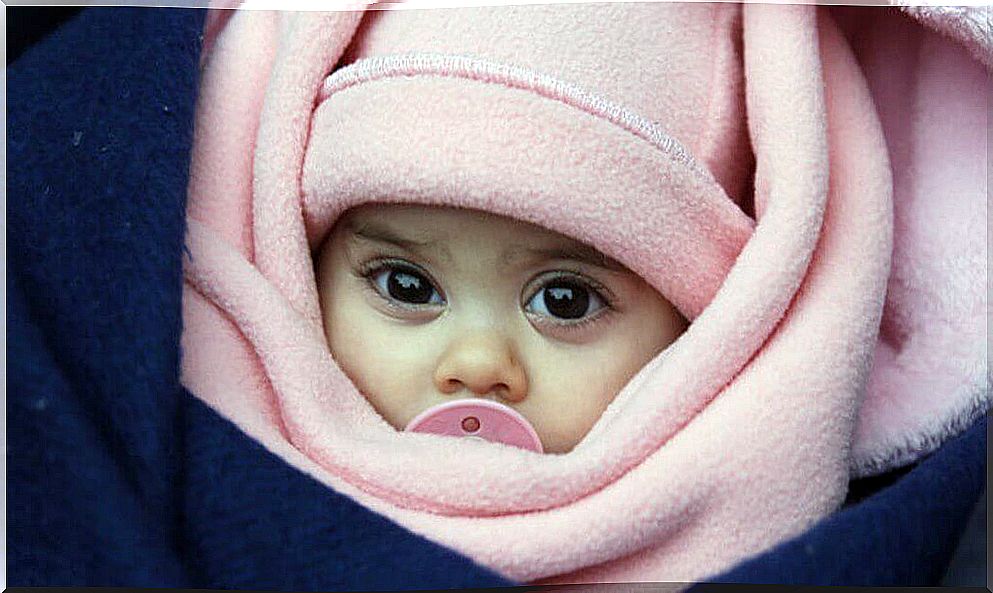
3. The temperature of the house
It is also essential that at home your child feels comfortable and protected.
Remember that the ideal temperature for the house is between 20 and 22 ºC and that it is necessary to ventilate it well every morning to renew the air.
In addition, the heat from heaters dries out your baby’s nasal passages, which can interfere with its protective function against microorganisms. Therefore, it is advisable to moisten the environment a little. The best way to do this is to place ceramic containers with water on some radiators.
4. Recognize if it is cold or hot
If we have any doubts that he is warm, you can touch his neck or back, under the clothes. This will give you an idea of his temperature and check if the clothes are wet because he has perspired. In this case, it will have to be changed immediately.
Hands and feet are usually not a good parameter to determine if it is cold or not. In the smallest babies in particular, they are always cold because they do not yet regulate their body temperature well.
That’s why the best thermometer we have for our newborn baby is to touch their nose.
As we have seen, in newborns both cold and excessive heat are bad. And like everything in life, you have to know how to find the right balance.

